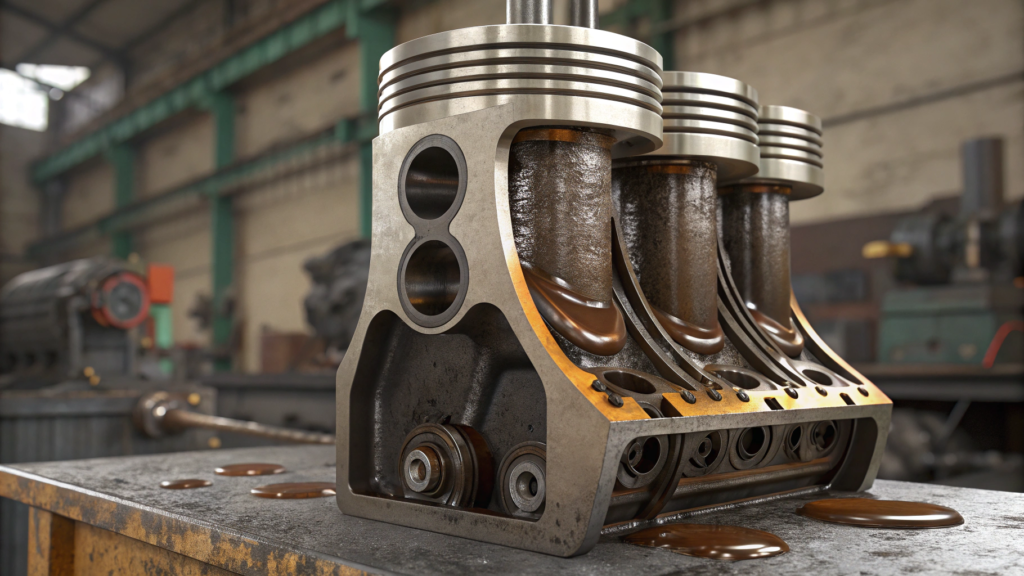
Inside every engine, there’s a microscopic world that plays a massive role in how efficiently your machine runs. When we talk about cylinder honing, we often focus on the process itself—abrasive stones, crosshatch patterns, and final finishes. But what truly matters is what honing creates beneath the surface: peaks and valleys.
Cylinder honing is the process of refining the interior surface of a cylinder—typically in engines or hydraulic components—using abrasive stones. It removes any leftover material from boring or wear and restores the bore’s geometry. But beyond correcting shape, it creates a carefully engineered surface texture made up of microscopic ridges (peaks) and grooves (valleys).
These structures are critical for:
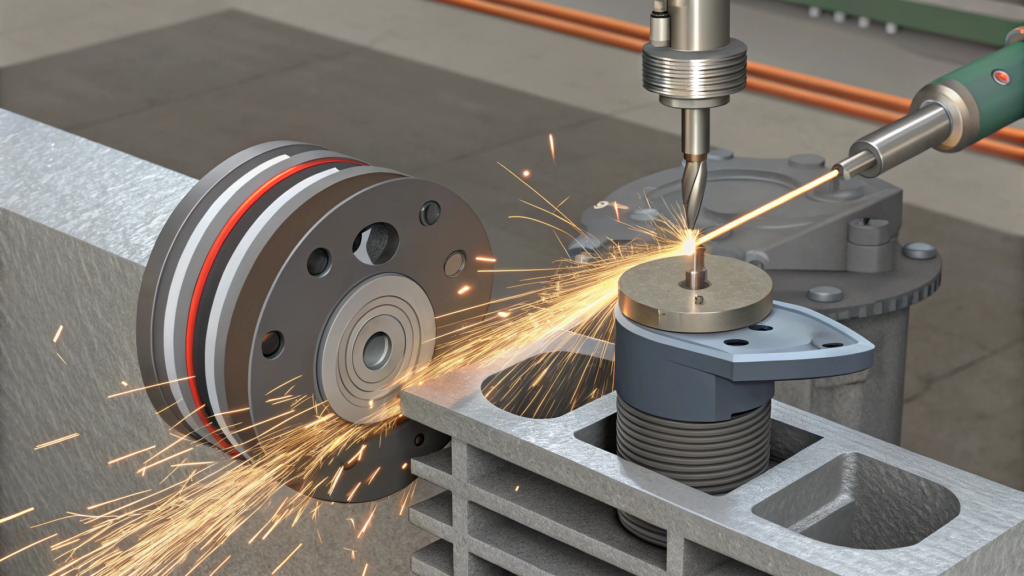
Imagine zooming into the cylinder wall at 1000x magnification. You won’t see a mirror finish. Instead, you’ll notice thousands of tiny ridges and channels—and that’s intentional.
An ideal honing job strikes the perfect balance between peak height and valley depth.
Valleys trap and store oil, which is then delivered to the piston and rings during each cycle. Without sufficient lubrication, valleys break down quickly, increasing friction and wear.
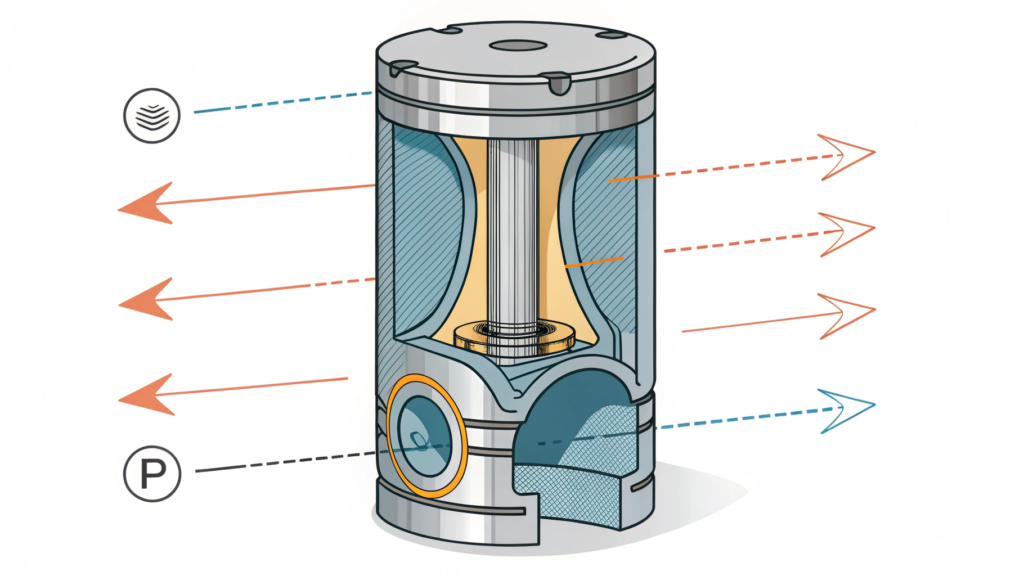
Peaks help the piston rings seat quickly and uniformly. This is crucial in new or rebuilt engines, ensuring proper compression and oil control from the start.
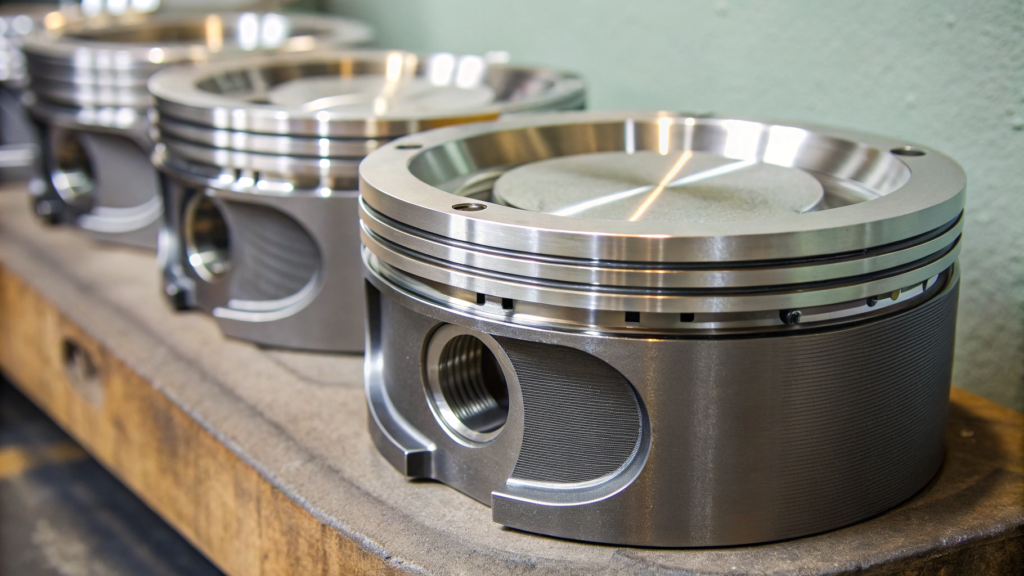
Oil sitting in the valleys absorbs heat from the moving piston and cylinder wall, helping cool the components. Without these micro-reservoirs, heat builds up, shortening the part’s life.
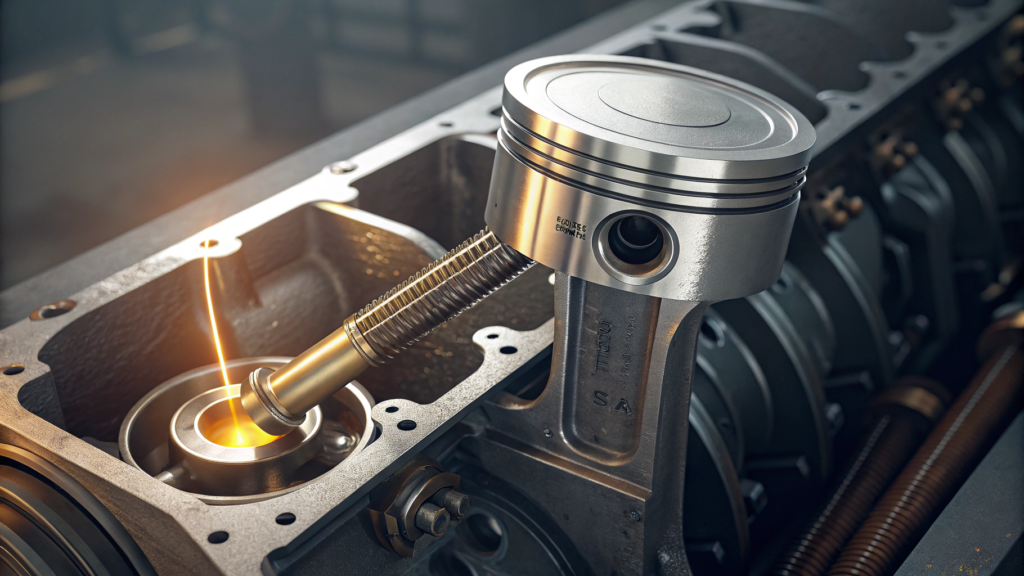
Proper honing with a crosshatch finish helps the piston rings form a tight seal, preventing combustion gases from escaping into the crankcase.
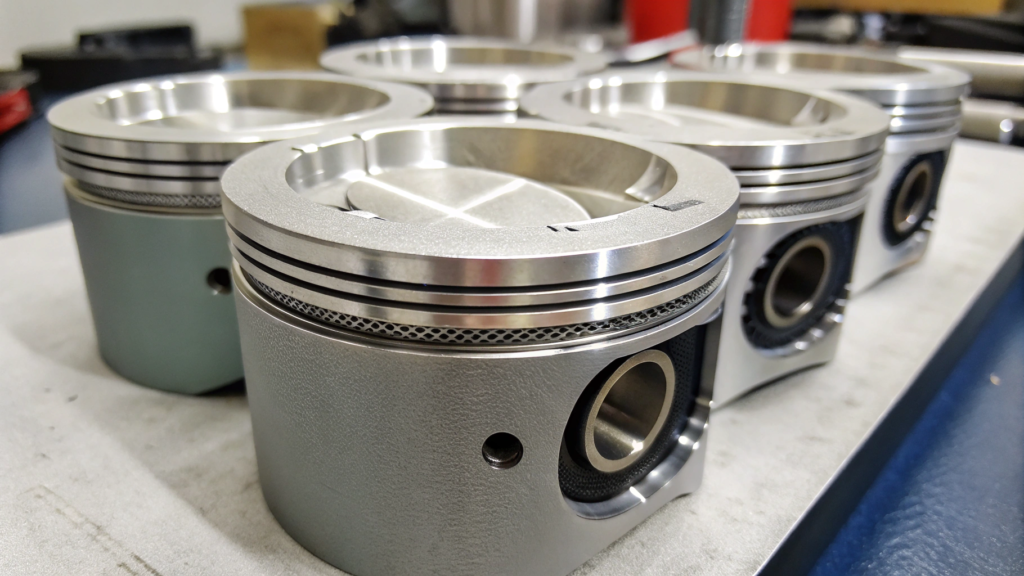
A well-honed surface prevents scuffing, excessive wear, and overheating—all of which add up to longer engine performance and reliability.
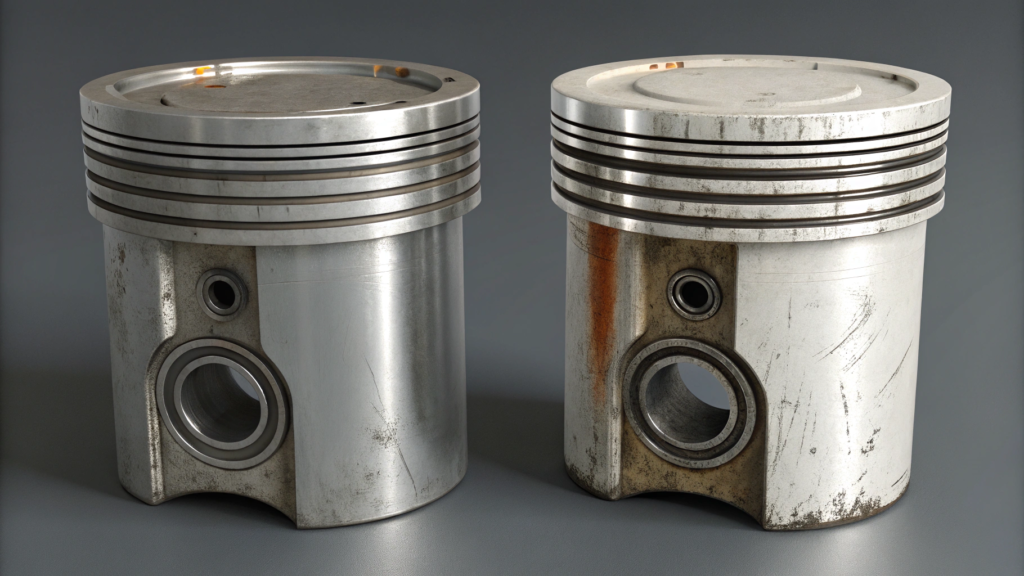
Surface finish isn’t guesswork—it’s science.
Professionals use tools like profilometers to measure these values and ensure that each honed cylinder meets precise specifications. The goal is always the same: to achieve an ideal bearing area and retain lubrication.
Neglecting honing—or doing it incorrectly—can lead to:
If the surface is too smooth, oil can’t stick; if it’s too rough, friction increases. That’s why experienced machinists focus on getting the honing pattern and texture just right.
In high-performance and heavy-duty equipment, cylinder honing is even more critical. Hydraulic systems, diesel engines, and marine applications operate under extreme pressures. A poor honing job in these environments doesn’t just reduce performance—it can cause catastrophic failure.
At Fixomech, we specialize in precision cylinder honing for heavy machinery and industrial applications. Our techniques ensure that each cylinder achieves the perfect crosshatch pattern, featuring balanced peaks and valleys for long-lasting reliability.
In an age where everything strives for smoothness, cylinder honing reminds us that sometimes, controlled roughness is key. The peaks and valleys on a honed surface aren’t imperfections—they’re engineering tools. They help engines breathe, run cool, and last longer.
At Fixomech, we specialize in precision cylinder honing for heavy machinery and industrial applications. Our techniques ensure that each cylinder gets the perfect crosshatch pattern with balanced peaks and valleys for long-lasting reliability.